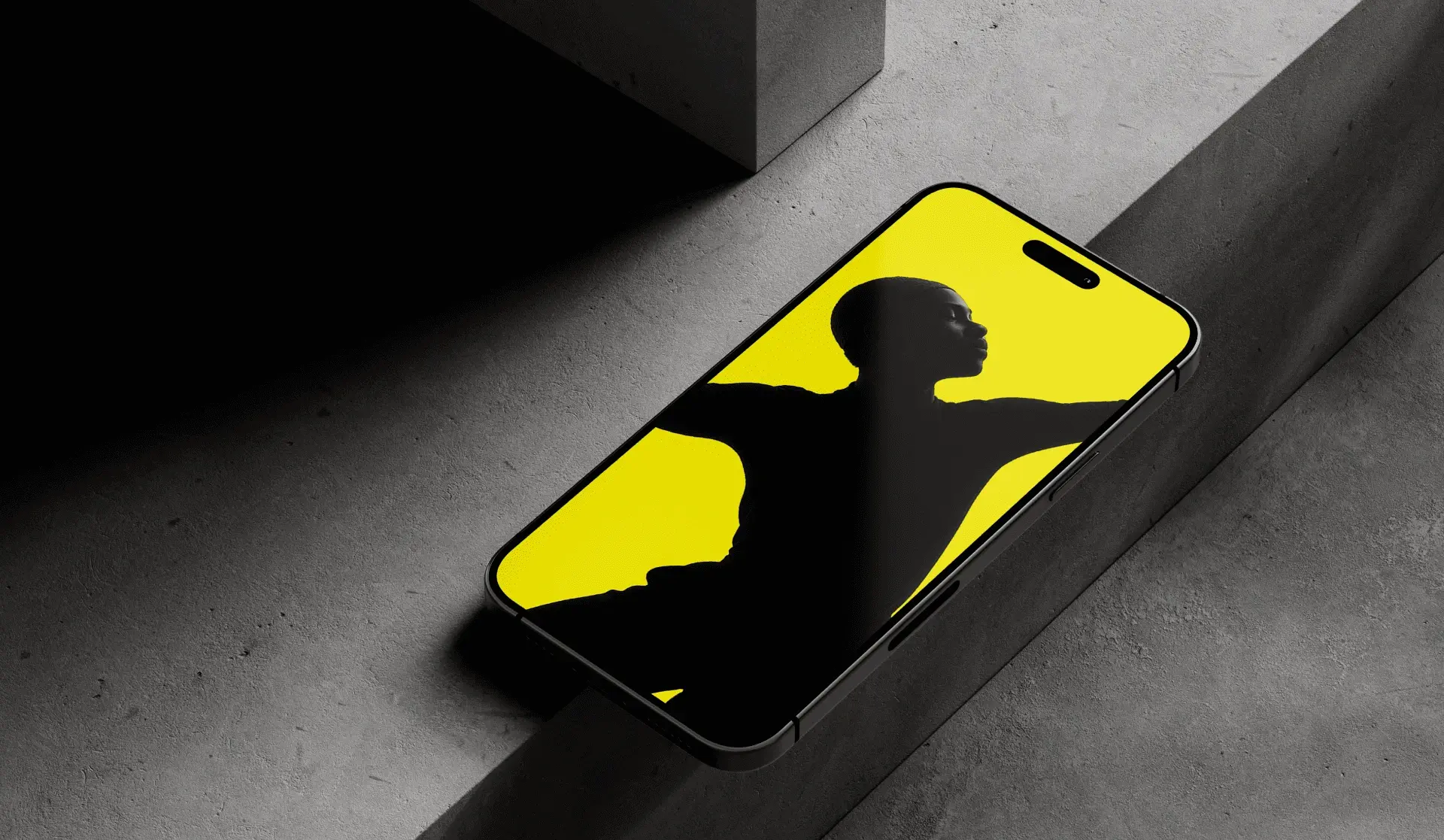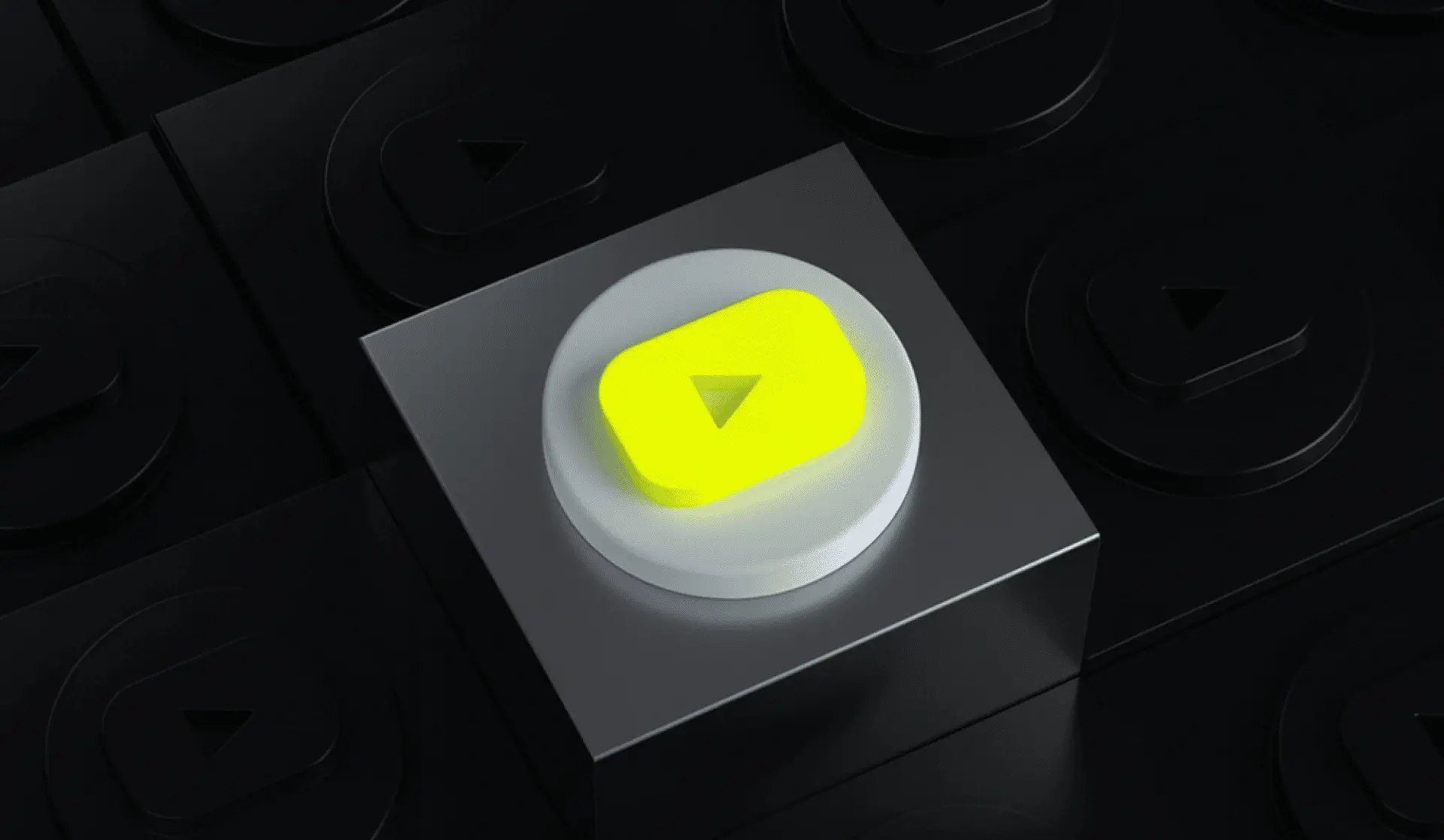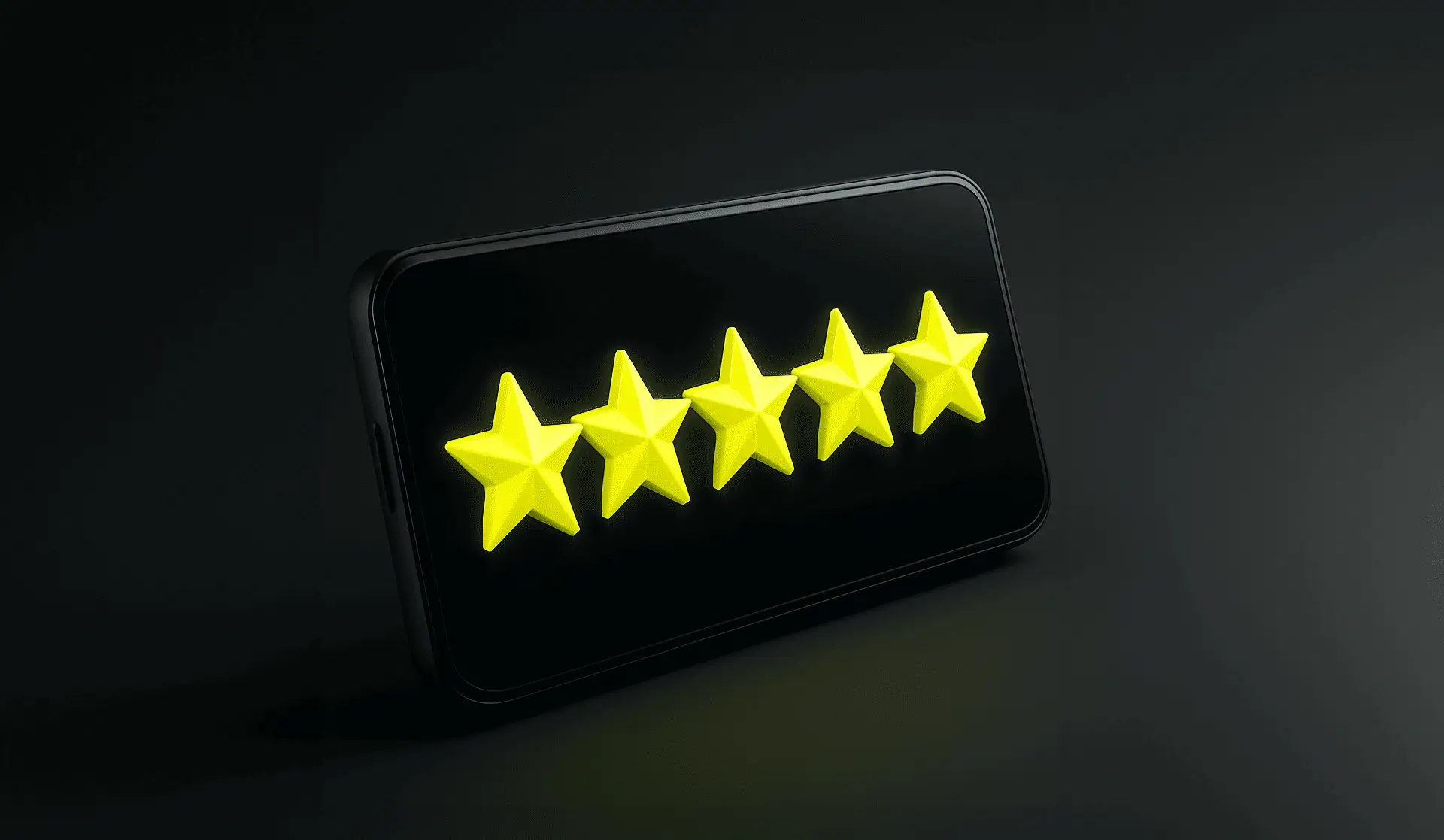
Micro influencers and stars have different goals, but both strategies work when backed by numbers and sound planning. In recent years, influence marketing has evolved from a tactic into a full-fledged system with clear metrics and a predictable economy. Market research shows steady growth: for example, 68% of brands consider Instagram a key platform, and TikTok is used by 45% of companies to integrate with influencers. The right choice depends on your niche, goals, budget, and willingness to test hypotheses. Below is a practical analysis without “water”.
Micro influencers work where the relevance and “humanity” of the presentation matter. They cover narrow communities where the level of trust in the author is above average and comments are actually read. For product launches with a limited budget and B2C niches where expertise is important, micro formats provide a stable ER and manageable cost of contact. According to brands' experience, it is at the micro level that the share of saves and transitions on social networks is increasing more often. This approach helps to gradually increase brand awareness and accumulate UGC.
Micro writers are particularly strong in the niches of DIY, cosmetics, edu, fitness, and hobby communities. Their audience is a “group of people” with similar interests, where a recommendation feels like advice from a friend:

After integration, record your audience's questions — these are ready-made content insights and FAQs.
At the micro level, CPC/CPV and CPE are usually lower, and click-to-view/save conversions are higher. This is especially noticeable in impulse goods and niche services. Consider not only the cost per click, but also the share of “high-quality” landing page sessions (scroll, time, CTA clicks). Influencer marketing for micro-creators is good at warming up leads before the first purchase through promotional codes and short flows. As a result, the funnel path is shortened and the likelihood of repeated touches increases.
Stars are a tool for “big sound”: fast reach, spikes in search interest, and mass attention. This is suitable for national launches, big sales and image waves. According to industry data, one powerful integration can increase visibility for the first 48-72 hours. It is important to prepare your website and remarketing in advance so as not to lose the traffic wave. Keep in mind that celebrities have a lower ER, but the reach and PR effect are higher.
Stars are giving a surge in branded search and an increase in direct visits. This is especially useful before offline events and at the start of seasonal collections:
After the wave, record uplift in organic and brand-aware in analytics.
Risks are also growing with high visibility: celebrity behavior affects brand perception. Write down stop abstracts, a checklist of checks, and scenarios for pause/withdrawing materials. The contracts include the right to edit and a clear approval process. Influence is also about values, so do a background check on your influencer and audience. Keep Q&A ready for customer support in case of negative outbursts.

The metrics should answer three questions: whether they reached coverage, whether they warmed up, and how they affected the funnel. For micro-integrations, ER, CPE and quality sessions are more important; for stars, CPM, brand search, and PR mentions are more important. Separately evaluate UGC's contribution in the following weeks (reposts, remixes, challenges). Remember that the “long tail” can account for up to 20-30% of all transitions after 2-3 weeks. Influencer is not a one-time flash, but a series of contacts.
The starter set of metrics is simple but informative:
Combine these metrics with session depth and promo code sales to see the real impact on sales.
Take a combined approach:
The final ROI takes into account the entire tail of touches, not just clicks from the post.
The best results are not “either-or”, but a clever mix. Launch the micro-grid to constantly warm up and add celebrity waves to key news feeds. This reduces the risk of burnout and makes the budget predictable. In experience, the combination of mix grids and large spikes improves revenue stability. In influencer marketing, it is important to prepare a content pool and remarketing routes in advance.
Divide channel roles by funnel stages:
After the “big” wave, give the floor to micro-influencers — they will consolidate the effect with explanatory content.
Test mini-hypotheses in short cycles of 7—14 days. Compare creatives, landing mechanics, promo mechanics, and video length. Record statistically significant differences, not the team's “feelings”. Document results to quickly scale winners. This approach makes influencer marketing manageable and transparent.
Format is half the battle: the same message sounds different in stories, videos and streams. Combine tools: reviews, challenges, unboxing, stream drops, and code promotions. Engage influencers with co-creation: external creativity in ad networks often works just as well as native posts. Don't forget about legal disclaimers and rights to use images. The result is a stable content pool that “lives” longer than one publication.

These formats are convenient for demonstrating the benefits and triggers of a purchase:
After activation, attach the result to highlights and youtube playlists.
Collect UGC for a campaign, repost the best cases, and launch remarketing to those involved. Lukalaiki works for viewers who “watched 50-75%” and save segments on Instagram. Link external banners to influencer clips via product placement and a single visual code. This helps to increase brand awareness and keep the “long tail” of interest. This is how influencer marketing becomes a system rather than a single integration.
Submit a request, our head of analytics will contact you and show you how we will achieve results for your business